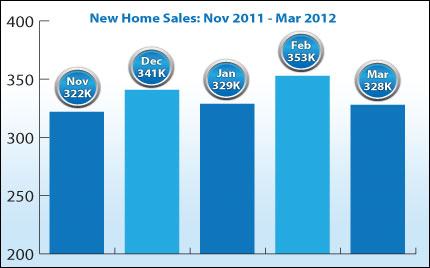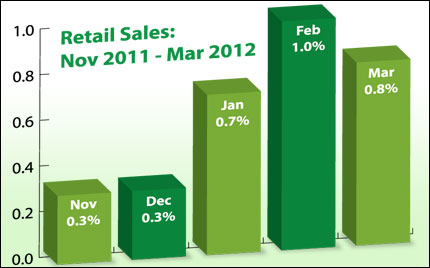How to Protect Your Identity, Finances If You
Lose Your Phone
It’s a gold mine for ID thieves. Take steps
to protect your information.
By Lisa Gerstner, Kiplinger.com
Lose your smart phone and you could have more to contend with than
missed calls and text messages, a lost contact list, and Angry Birds
withdrawal. Anyone who finds it will have an opportunity to empty your bank
account, steal your identity or both.
Think of your smart phone as part wallet, part computer. If
someone were to access your online-banking or eBay application, for instance,
the funds in your checking account could be gone in minutes. Thieves could also
get information from your e-mail messages -- as well as reset passwords for
your online accounts and retrieve them from your e-mail account. Or they could
use your contacts for phishing schemes.
Preventive measures. Start by
using your phone’s security settings to lock your screen with a password. Only
38% of smart-phone owners take that simple, effective step, according to
Javelin Strategy & Research. And don’t use an obvious PIN (such as your
birth year) or a simple pattern to unlock your screen. Hide the phone as you
enter the code if strangers are nearby.
When you finish using your applications, log out. At the very
least, sign out of your banking and payment apps (and any others that could
allow someone to go on a spending spree). And don’t store your log-in
information in an app’s data-entry fields for easy access. Even apps that seem
harmless could be a treasure trove for a crook, says Eduard Goodman, chief
privacy officer for Identity Theft 911. The list of connections on your
Facebook account may reveal your mother’s maiden name, for example.
If your phone disappears. You can
install a location-tracking app on most smart phones. Apple’s iPhone has the
Find My iPhone app built in, but you need to activate it; apps such as “Where’s
My Droid” are available for Android devices. The feature is a big help if, say,
you can’t remember where you left your phone. And if it has been stolen, police
may be able to use the app to help track down the thief.
Also, set up your phone so that you can remotely erase its data.
Your wireless carrier may offer this service, and many security apps include
the feature. But keep in mind that a sophisticated thief may be able to restore
the information, says Kevin Johnson, senior security consultant for Secure
Ideas. Your data won’t be lost if it’s saved automatically to your Google or
iCloud account, and you can regularly perform backups by plugging your phone
into your computer.
Malware and more. Losing
your phone isn’t the only potential danger. Hackers can collect sensitive
information through malware. Android phones are particularly susceptible
because developers can more easily submit virus-laden apps. (Google has an
open-source market, while Apple has a rigorous screening process for apps.)
Research an app’s developer and read reviews of the app before you download it.
If you receive suspicious-looking text messages, don’t reply or click on links.
Some of the big names in antivirus protection offer malware
protection for phones (Symantec’s Norton Mobile Security is $30). But you may
want to wait until such mobile software improves, says Johnson. The programs
may slow down your phone and offer little protection.
Using unsecured Wi-Fi and leaving your Bluetooth connection open
are other actions that could leave your phone vulnerable to hackers. Goodman
suggests turning your cell phone off at night to avoid stealth attacks while
you sleep.
Reprinted with permission.
All Contents ©2012 The Kiplinger Washington Editors. Kiplinger.com









